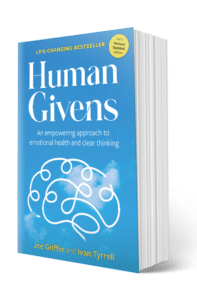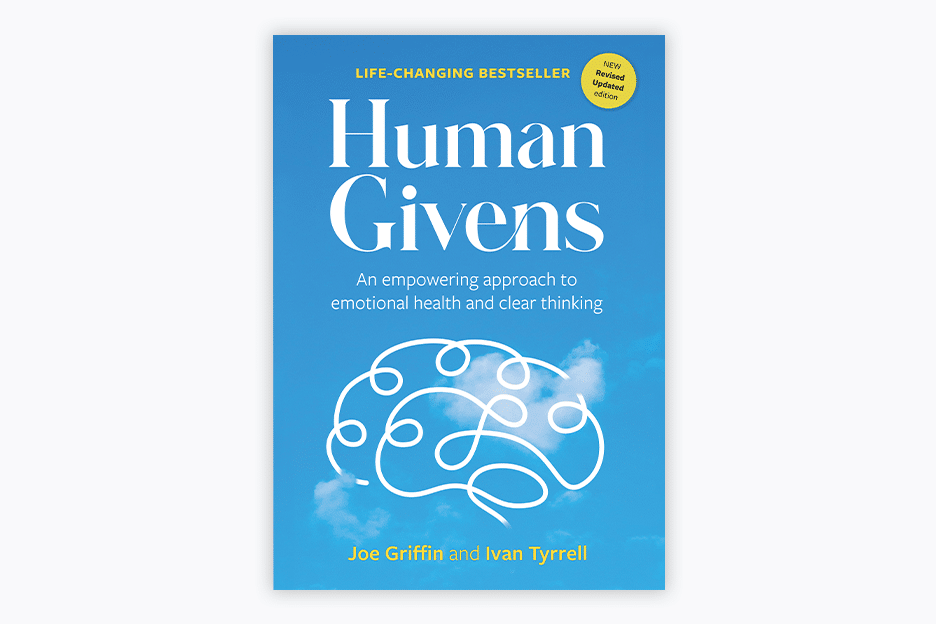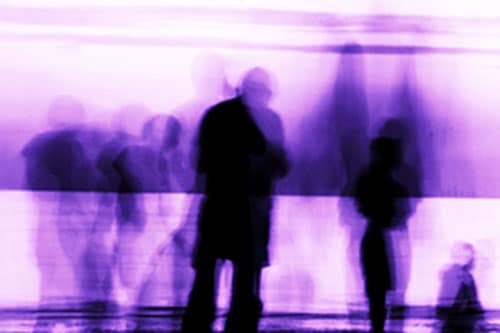Why the approach was developed
The principles behind the human givens approach grew out of the work of a group of psychologists and psychotherapists who wanted to bring greater clarity, understanding and consistency to the field of mental health – and to make the way people are helped safer and much more reliably effective.
If you could read a potted history of psychotherapy you would see an evolution of break-neck speed from the birth of the field to the chaotic situation of today, where we have at least 400 models of counselling and psychotherapy. Although many of these offer some effective techniques and useful insights, overall we have an uncoordinated disarray of theories, terminology and methods, which causes confusion among both health professionals and those in need of help.
Mature sciences like chemistry, physics and engineering are built on a broad common ground of understanding. But despite the wealth of psychological, neuroscientific and ancient knowledge available to us, this is sorely lacking in the fields of psychotherapy and counselling.
It was to address this situation that the human givens overarching idea was first proposed. Psychologists Joe Griffin and Ivan Tyrrell, co-founders of the human givens approach, had decided that in order to cut through this confusion they had to go back to basics: what do human beings need in order to survive and thrive?

Having established the fundamental principles of what it means to be human [see: free ebook] they were able to develop a simple, robust, scientifically up-to-date, bio-psycho-social model of healthy human functioning – one that everyone can relate to and agree upon.
It provides a clear, shared language that professionals and the public alike can understand, and a practical framework upon which to build an effective, integrative approach to emotional health – one which truly understands us, as human beings with innate needs that drive our behaviour, and which resonates with everyone who hears about it.
Next, they looked in detail at why some therapeutic approaches work (to varying degrees) and others don’t, always attacking the question from a scientific viewpoint and discarding any approach which was dogmatic or hypothetical, or which didn’t agree with neuroscientific findings.
The result was a synthesis of everything that can reliably be said to help human beings function well and be happy. It soon became known as the human givens approach, after the scientifically well-established ‘givens’ of human nature.
Added to this were remarkable new insights into the purpose of some long-unexplained brain mechanisms including: why we dream, and how this relates to depression and psychosis, the importance of the REM state, and why we are so vulnerable to addiction — which have increased our understanding still further and had enormous beneficial impact for treatment.
The human givens approach to therapy rapidly showed itself to be a fast, brief and extraordinarily effective way to improve the psychological state of people with problems; bringing down their emotional arousal, reframing and detraumatising their past, re-connecting them with the resources they already have so that they can get on with life.
Continually evolving
As knowledge of how human beings function continues to grow it is essential for therapists that they never stop learning. The human givens approach to therapy is an open and evolving concept — continually incorporating new knowledge and insights as they come to light — which frees us to see more clearly what really works and why, and makes therapists and counsellors more effective at relieving distress.
Cost savings
By helping people move on in their lives as quickly and effectively as possible, using the HG approach has potentially enormous cost-saving implications for our health services and beyond.
Clients also find the approach empowering – it gives them clear explanations about the causes of mental health and behavioural problems, as well as the ‘tools’ they need to manage their own wellbeing and cope with future setbacks.




